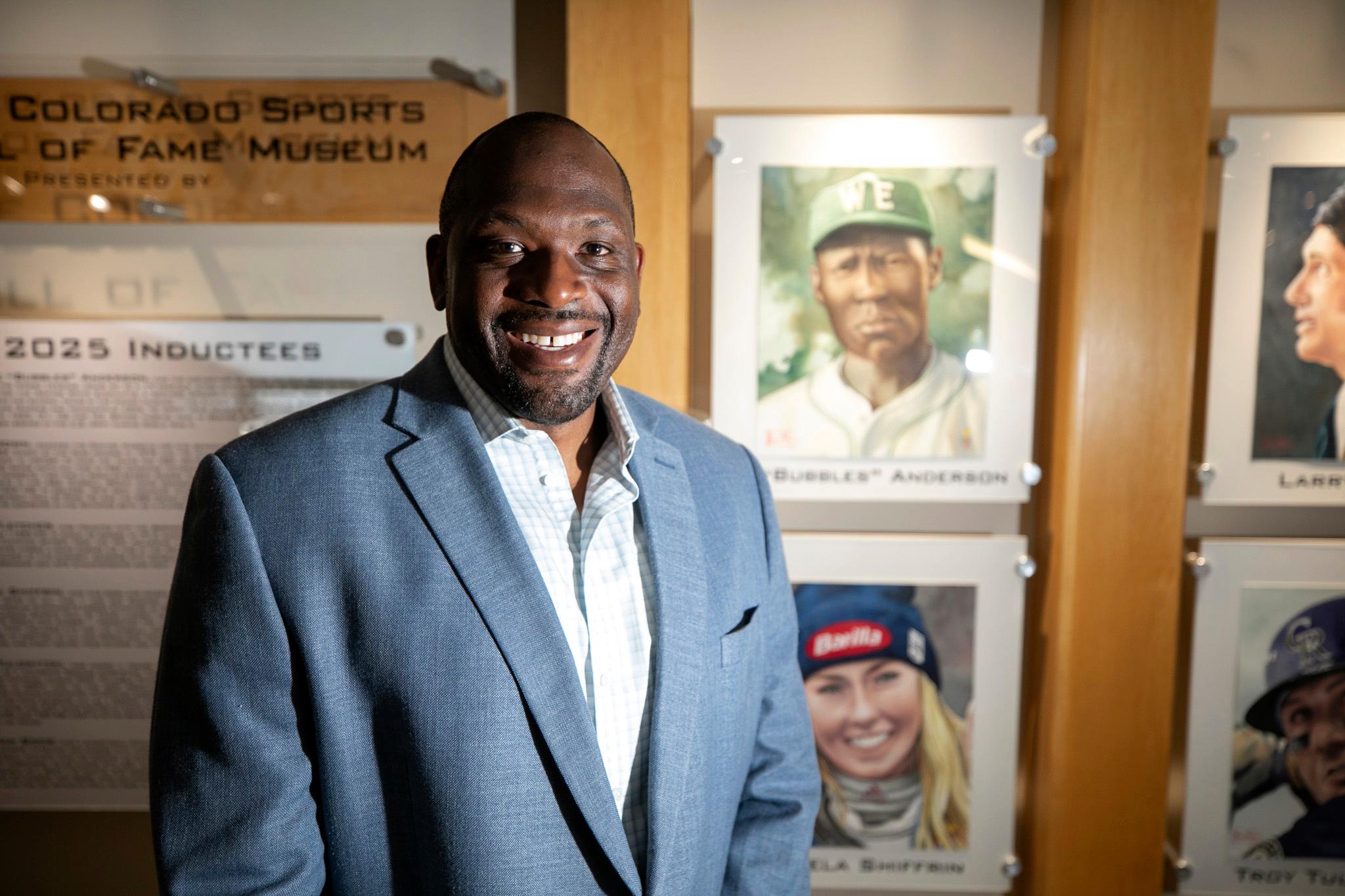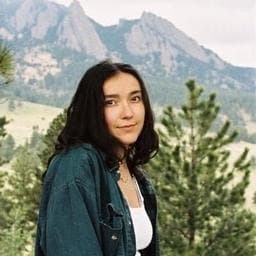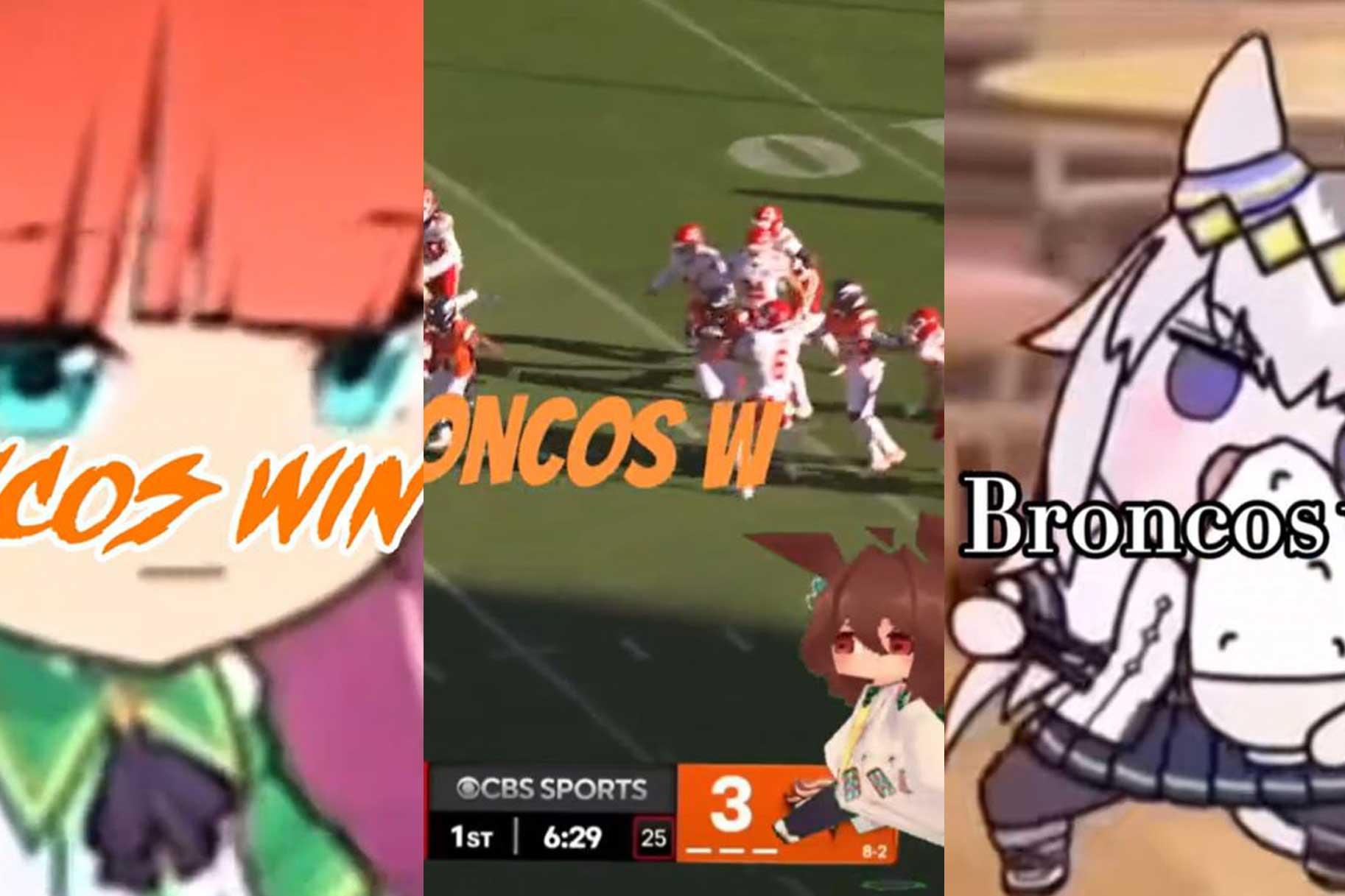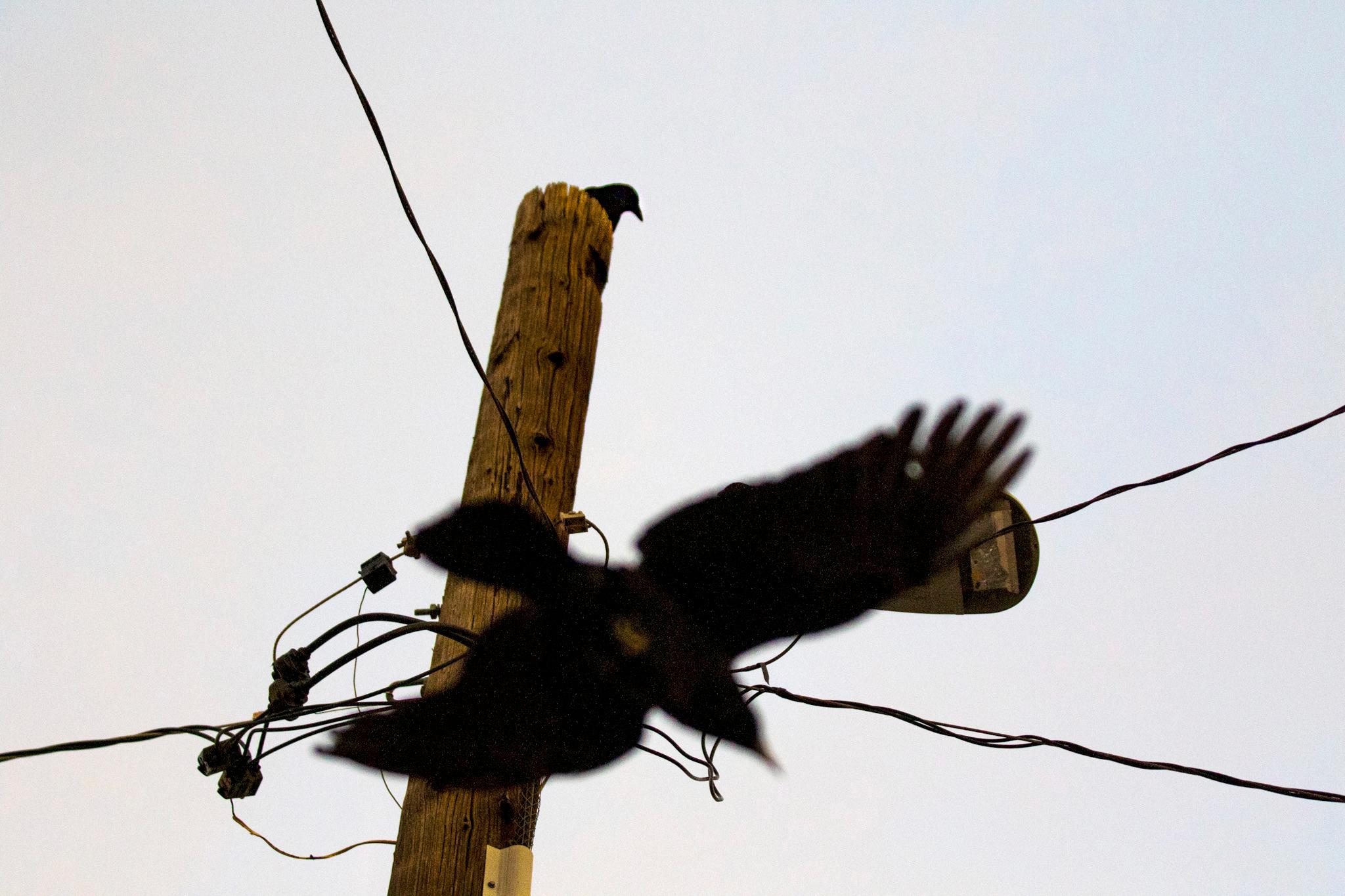By Christen Aldridge for Denverite
Justin Adams often cries about a man he has never met.
That man is Theodore “Bubbles” Anderson, a former Black baseball player who died in 1943. Adams, a local sports journalist, has been researching Anderson’s life — and learning his remarkable story — for a decade.
“Talking about Bubbles Anderson always makes me cry,” Adams said.
Most powerful, perhaps, was the day last year that Adams finally visited the baseballer’s grave in Fairmount Cemetery. “I was on a break during a work assignment and thought it would be a great idea to see his burial site,” Adams said.
Looking down at the tombstone — which had only recently been marked with Anderson’s name — Adams felt himself overcome with emotion. It was an affirmation, Adams said, of the importance of his years-long mission to honor Anderson with the state’s highest sports honor.
“It was that moment I knew I had to do my best to get ‘Bubbles’ Anderson in the Colorado Sports Hall of Fame,” Adams said. “It was a story that all Colorado sports fans should know. He is the bridge that connects Colorado to the Negro Baseball Leagues and Colorado’s rich Black baseball history.”
In fact, Anderson was the only Colorado native to have ever played in the Negro Baseball League, a sports league born out of the era of racial segregation in America.
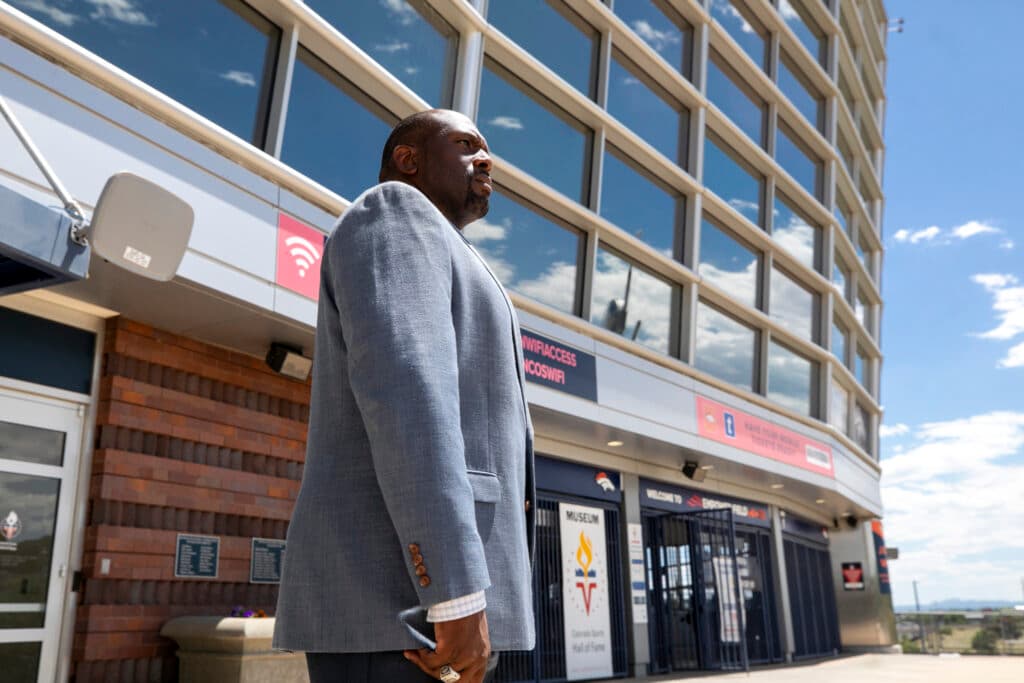
“When you talk about Denver sports history, the only person from our dirt to play in the Negro Baseball Leagues is Theodore ‘Bubbles’ Anderson and we must honor him,” Adams said in a recent interview.
He was sitting in the lobby of his gym and “safe space,” Body by Perseverance, in Five Points — the same neighborhood where Anderson grew up and played for the White Elephants, the state’s longest running all-Black baseball team.
Adams, a married father of two, is known for his larger-than-life personality and signature smile. The former CU Boulder football player now greets Coloradans every morning as a fill-in anchor and reporter on CBS 4 Colorado — along with jobs as a sports anchor for Sirius XM and a play-by-play commentator for Altitude Sports and Entertainment, the Mountain West Conference and the Pac-12 Network.
But even as his career has grown, Adams has found himself drawn to the story of Anderson— who had nearly slipped into obscurity before Adams and other researchers preserved his legend.
Getting started
Adams’ interest in “Bubbles” Anderson was first piqued in 2009, while casually discussing Colorado’s little-known history of Black baseball with a friend.
“He was just remarking that we had this history of Black baseball in Denver,” recalled Adams. He knew little of the state’s NBL history, but the conversation left him wanting to learn more.
A year later, Adams took a road trip with his grandfather to the Negro Baseball League Musuem in Kansas City, Mo., which deepened his curiosity about Colorado’s connection with Negro League baseball. “Every section we explored together in the museum, my grandfather had information to fill in the blanks,” he said.
The excitement on his grandfather’s face during that trip was palpable and helped to turn Adams’s casual research on Anderson into an obsession. Adams’ introduction to Anderson was through learning about the Denver White Elephants. He stumbled upon news clippings about the team’s 5’7, 151-pound star player.
“Who is this guy?” Adams asked himself.
Between work and parenthood, Adams began to lose himself in hours of research on Anderson. He learned that Anderson never married or had children, but he couldn’t find any living relatives to serve as a primary source.
So, Adams relied on historical newspaper articles from Newspaper.org and information from world-renowned baseball expert Jay Sanford, who lives in Colorado.
“Just a little spark, to be honest, and that spark turned into a fire,” said Adams.
A baseball phenom
Adams’ eyes light up — much like his grandfather’s did during that museum visit — when he talks about Anderson. Born in Denver in 1904, Anderson began his baseball career at the age of 15, playing for the White Elephants.
“We are talking about a 15-year-old who was playing amongst grown men. That should tell you about how great a baseball player he was,” Adams said.
In 1922, at just 17 years old, Anderson left the White Elephants to play for the Kansas City Monarchs. His career also included stops with the Washington Potomacs, Birmingham Black Barons and the Indianapolis ABCs.
“He was a dynamic player — especially at his young age,” said Larry Lester, owner and founder of the NBL museum.
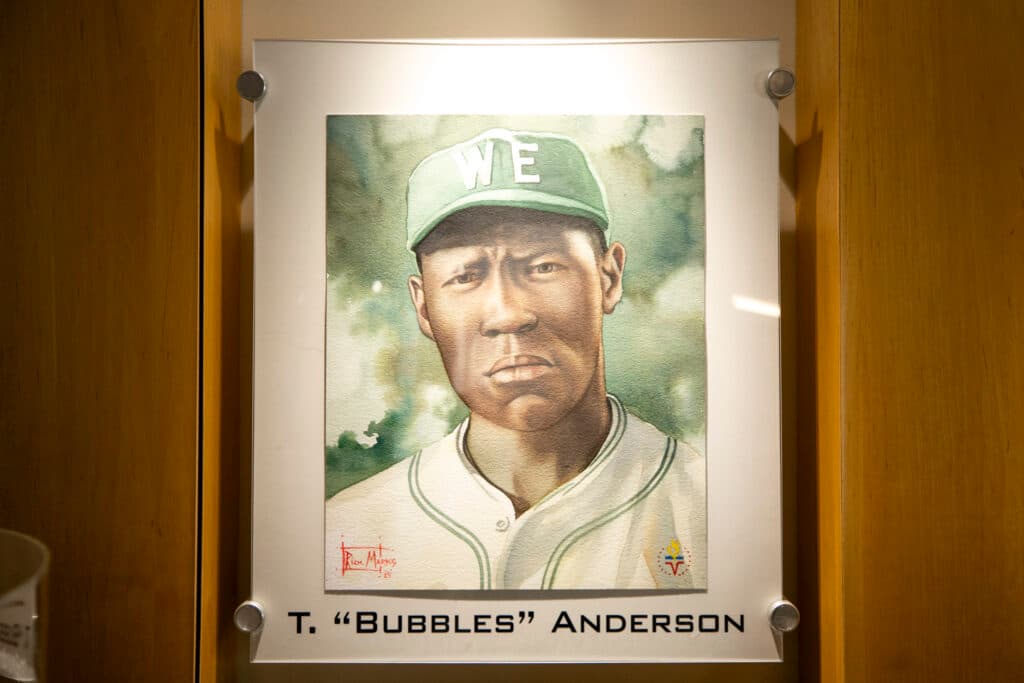
Adams found a newspaper clipping from May 1922 about a game the Monarchs lost to the St. Louis Suns. Anderson ended up in the clubhouse after the loss, “shedding tears,” remembered Adams. “This humanizes him; what young athlete hasn't cried after a losing game? This makes him relatable.”
Anderson’s original team in Denver, the White Elephants, played 21 seasons from 1915 to 1935. Its owner was Albert Henderson Wade Ross, a Black businessman and politician who once managed the famed Rossonian Hotel, also located in Five Points.
The Elephants enjoyed success in the Denver Post Tournament, an annual exhibition game that was not racially integrated until 1934, 13 years before Jackie Robinson broke the color barrier in Major League Baseball.
A dream realized
Adams became a voting member of the Colorado Sports Hall of Fame in 2017.
The Colorado Sports Hall of Fame honors athletes, journalists and coaches who have shaped the state’s sports history. Voting members, comprised of media members, nominate people who have impact, integrity and a lasting legacy. Notable inductees are Peyton Manning, Champ Bailey and Troy Tulowitzki. The Colorado Sports Hall of Fame can be visited in the Colorado Hall of Fame Museum in Empower Stadium.
When he joined, Adams knew it was a prime opportunity to honor Anderson. Soon afterward, he presented his packed folder of research to fellow selection committee members.
“My exact words at that time were, ‘Our Hall of Fame is incomplete — without him,’” Adams said.
This April, eight years after the fact, Anderson was inducted as part of the 60th annual class of the Colorado Sports Hall of Fame. It had been 82 years since Anderson’s death.
“Theodore ‘Bubbles’ Anderson had 99 career hits. Let's give him his 100th hit; let's bring him home,” Adams told the crowd during a tearful induction speech at the ceremony at the Hilton Denver Center Hotel.
Preserving a legacy
Marcia Neville, a fellow selection committee member, said Adams’ passion and perseverance are admirable.
“I'd say that if it weren't for Justin, Anderson's legacy would never have been honored and the story of his significance in Colorado baseball history could have been lost forever,” said Neville, a former sports broadcaster for CBS Colorado and FOX31 TV
The accomplishment is not lost on Adams’ longtime mentor, CBS 4 Chief Photographer Kevin Hartfield, either.
“I think the work Justin is doing is great because those are names that I did not know, about Anderson, and he should be in the history books,” Hartfield said. Hartfield has known Adams since the younger man was a teenager volunteering at True Light Baptist Church, the northeast Denver worship house that both still attend.
“I was unaware of the work Justin was doing with the Colorado Sports Hall of Fame until our station covered the story,” Hartfield said.
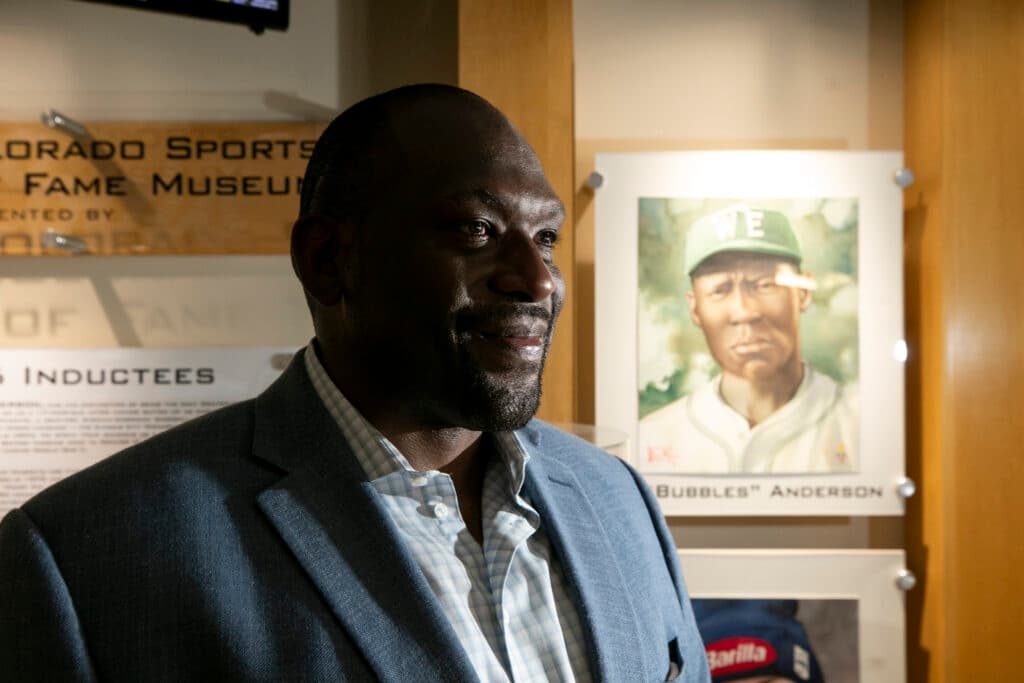
Adams said honoring Anderson and others from underrepresented groups is especially important now, at a time when some parts of American history are at risk of erasure following President Donald Trump’s executive orders to dismantle diversity, equity and inclusion initiatives.
For example, there was a recent uproar when the story of Jackie Robinson was briefly removed from the U.S. Department of Defense website. Adams is adamant that preserving stories like Anderson’s is a necessary act of resistance.
“This is Colorado’s history; it’s a collective history,” Adams said. “You can’t erase something known and shared by so many. People deserve to know the truth — the warts, the triumphs, all of it.”
Meanwhile, he has already his sights on honoring another Negro Leagues player with Colorado roots.
“Thomas Alphonso 'Pistol Pete' Albright deserves the same recognition,” Adams said.
Albright was born in Crockett, Texas, but moved to Colorado as a young boy. He played with the Bacharach Giants in 1929 and the New York Cubans in 1936.
After Albright’s baseball career ended, he worked as a clerk and soda dispenser at a drugstore and as a laborer. Just like Anderson, Albright served in World War II. He died in 1986.
“Coloradans deserve to know about him as well,” Adams said. “It’s Colorado history!”

